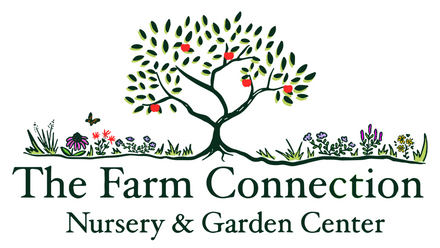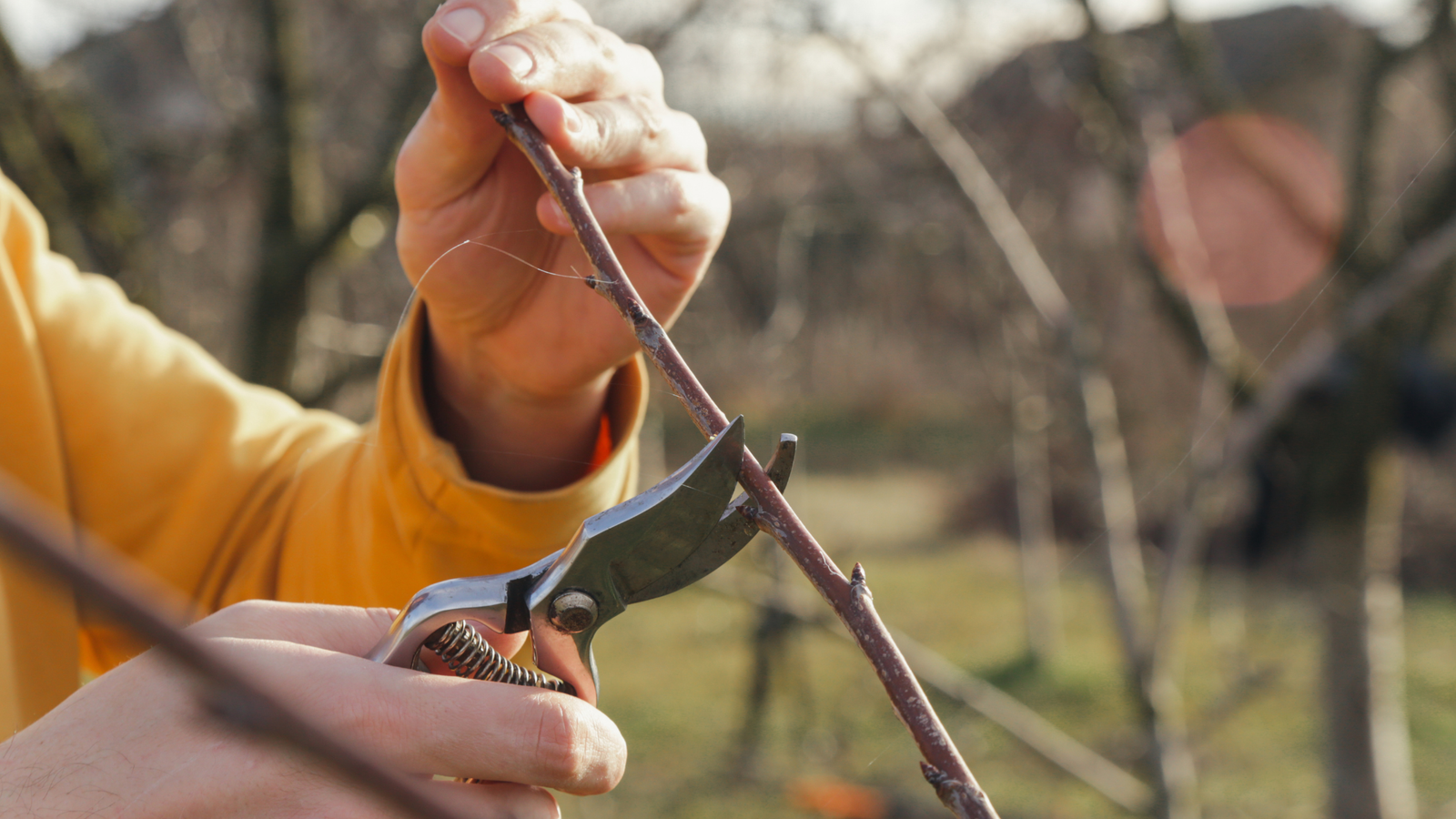As the days shorten and the first frost looms, many gardeners feel the familiar pull to tidy up their landscape. But before you reach for the pruners, remember, fall isn’t the time to cut everything back. Some plants thrive with light shaping now, while others depend on their winter growth for protection and wildlife support. A thoughtful approach to autumn pruning ensures healthier plants, stronger spring growth, and a more ecologically balanced garden.
What to Prune Now
Autumn is an excellent time to make selective cuts, especially for species that benefit from rejuvenation before winter dormancy.
Woody Shrubs & Small Trees
Now’s the time to remove any dead, damaged, or crossing branches on deciduous shrubs and young trees. A few that appreciate light fall attention include Elderberry (Sambucus canadensis), Ninebark (Physocarpus opulifolius), and American Beautyberry (Callicarpa americana).
Focus on removing interior clutter to open airflow and reduce the risk of disease next year. Avoid heavy structural pruning in fall, that’s best left for late winter when plants are fully dormant.
Fruit Trees & Vines
Fall is not ideal for major pruning of fruit trees, as fresh cuts can stimulate new growth that’s vulnerable to frost. Instead, remove only diseased or broken limbs on apples, pears, and persimmons, saving shaping for late winter.
Hardy kiwi (Actinidia arguta), however, deserves special mention: female vines can be lightly thinned after harvest to reduce congestion, while male vines, typically more vigorous, can be pruned a bit harder to keep them manageable. Mark vines now so you can prune confidently when dormancy sets in.
Herbaceous Perennials with Fibrous or Clumping Roots
Some clump-forming natives, like Lobelia siphilitica, Lyreleaf Sage (Salvia lyrata), and Mountain Mint (Pycnanthemum muticum), benefit from trimming or division in fall. Cutting back spent stems to a few inches above ground helps refresh the crown while keeping root systems strong through winter. Always replant divisions promptly and water well. Read our blog Dividing & Transplanting Perennials to learn more!
What to Leave Until Spring
Many plants, especially natives and pollinator-supporting species, are best left standing until spring.
Seedheads for Wildlife
Plants like Echinacea, Rudbeckia, and Heliopsis helianthoides ‘Bleeding Hearts’ hold architectural seedheads that feed goldfinches and provide essential winter forage. These standing stems also trap leaves and snow, insulating soil and sheltering overwintering pollinators.
Evergreen & Semi-Evergreen Herbs
Mediterranean herbs, rosemary, thyme, lavender, and sage, should be left alone until spring. Fall pruning can expose tender growth to cold damage, so simply remove spent flowers and leave the main structure intact.
Woody Natives & Ornamental Grasses
Native grasses such as Little Bluestem (Schizachyrium scoparium) and Switchgrass (Panicum virgatum) add motion and texture through the winter months while providing nesting material for birds. Likewise, shrubs like oakleaf hydrangea and witch hazel form buds now for spring bloom, avoid pruning these until after flowering.
How to Prune: Technique Matters
Clean cuts and proper tools are key to plant health.
- Use sharp, sanitized pruners to avoid tearing bark or spreading disease.
- Cut at a 45° angle, just above a healthy outward-facing bud or node.
- Avoid leaving stubs, they invite rot and pest issues.
-
For larger limbs, use the three-cut method: an undercut to prevent tearing, a relief cut a few inches out, then a clean final cut just beyond the branch collar.
If you’re new to pruning, start conservatively. It’s easier to take more later than to undo an overly aggressive cut.
Heading Cuts vs. Thinning Cuts
Understanding the difference between these two types of cuts can help you shape plants intentionally and encourage balanced growth.
Heading Cuts
- A heading cut removes part of a branch or stem back to a bud or lateral shoot.
- It stimulates new growth just below the cut, often resulting in a fuller, bushier shape.
- Best used when you want to encourage branching or maintain compact form in shrubs and young trees.
- Avoid excessive heading, especially in trees, as it can create dense, weak growth prone to breakage.
Thinning Cuts
- A thinning cut removes an entire branch or stem back to its point of origin at a main limb or the ground.
- This technique opens the canopy, improves air circulation, and maintains a plant’s natural form.
- Ideal for removing crossing, shaded, or inward-facing branches without encouraging excessive regrowth.
A good pruning plan balances both approaches, use heading cuts to shape, and thinning cuts to refine and maintain plant health.
What to Do with the Cuttings
Turn your yard "waste" into a valuable resource.
Chop and Drop:
This permaculture-friendly method involves cutting back herbaceous material and letting it decompose in place as mulch. It replenishes soil nutrients, feeds soil life, and reduces hauling.
Composting:
Woody stems and disease-free trimmings can go into the compost pile. Shred or chip large pieces to speed decomposition.
Habitat Piles:
Stack woody prunings in a quiet corner to create shelter for birds, toads, and beneficial insects over winter. Think of it as a brushy microhabitat that keeps your ecosystem thriving.
Mini Hügelkultur:
Line the bottoms of new raised beds or trenches with woody debris, sticks, stems, and other organic matter, before adding compost and soil on top. Or line garden beds to create a weed barrier that will slowly decomposes. This method, inspired by traditional hügelkultur (mound culture), promotes microbial life, improves drainage, and reduces the need for irrigation in dry spells.
It’s an easy, resourceful way to turn seasonal pruning into long-term soil health.
The Art of Balance
Autumn pruning isn’t about clearing every spent stalk, it’s about knowing the right time to support different flora. By selectively tidying and leaving key plants intact, you protect soil, support wildlife, and set your garden up for a vibrant spring resurgence.
At The Farm Connection, we’re here to help you care for your plants through the seasons. Visit our nursery or browse our online catalogue to find pruning tools, native plants, and expert advice tailored to organic gardeners.

